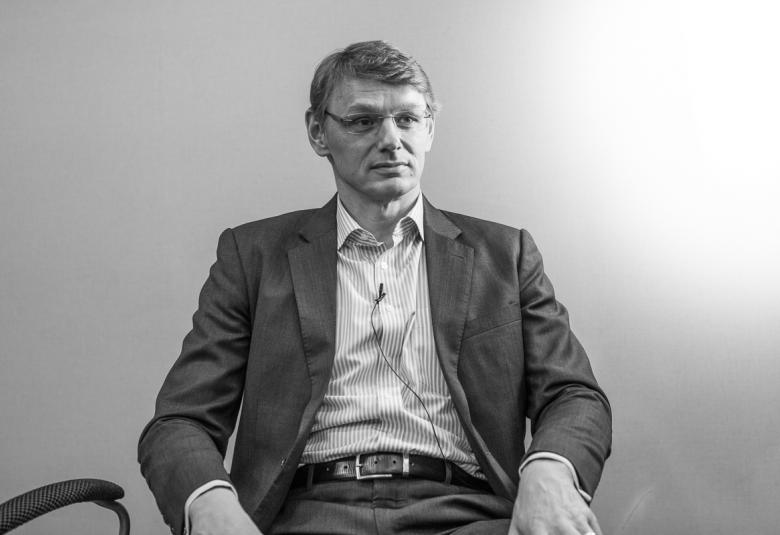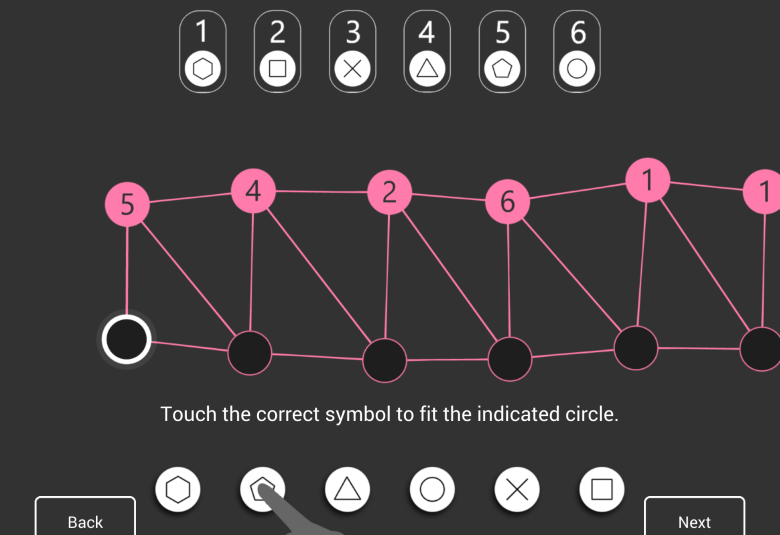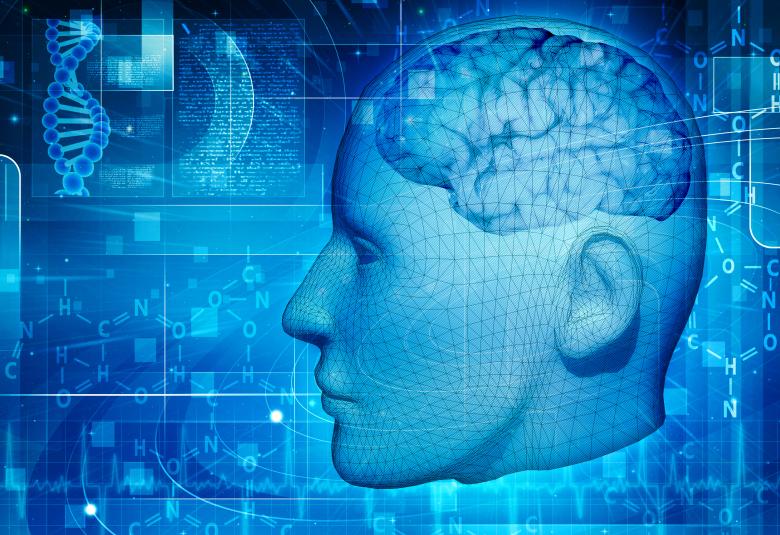In the symposium ‘Assessment and management of sleep disorders in anxious and depressed patients,’ presented at the 35th ECNP Congress in Vienna, Austria (15th−18th Oct), Prof Francesco Benedetti (University Vita-Salute San Raffaele, Milan, Italy) discussed how light can directly impact not only the circadian rhythm, but neurological systems involved in mood and sleep as well as immune system factors. This is reflected by the rise of seasonal affective disorder in winter months. Light therapy, which can be combined with sleep deprivation therapy, can lead to rapid and lasting antidepressant effects. Dr Laura Palagini (University of Ferrara, Italy) described how hyperarousal shown in people with insomnia is similar to that in people with anxiety disorders. Accordingly, both conditions can drive each other and may need to be evaluated and treated together. Such treatments include cognitive behaviour therapy.
Links between the circadian rhythm, sleep disorders and depression
Light can directly influence neurotransmitter release. For instance, when days are short, in rats, there is increased dopamine signalling in the hypothalamus, which decreases somatostatin neuron function, resulting in decreased corticotropin-releasing factor (CRF) and lower CRF and corticosteroid plasma levels. This is associated with decreased stress behaviour due to a preference for nocturnal living in rats. In light-preferring humans, the opposite occurs during shorter days and there are increased stress behaviours and depression.1
If the circadian system is disrupted, the immune system response, hypothalamic-pituitary axis and metabolic rhythms can also be disrupted and mood may be affected.2 Correspondingly, severity of myriad diseases, including metabolic disorders and neurological and psychiatric conditions, can be affected by circadian disruption.3 There is evidence of genetic vulnerabilities in circadian rhythm associated genes in people with mood disorders leading to a misalignment of circadian rhythms and homeostatic regulators.4 Additionally, early life, including pre-natal stress, can result in sleep difficulties and altered circadian regulation that may impact epigenetically to produce a later vulnerability to mood disorders.5
Circadian rhythm disruptions can be found in, and drive, mood disorders including depression and bipolar disorder
Usually sleep is regulated by a circadian process and driven by ‘sleep debt’ whereby a person becomes sleepier the longer they stay awake. In mood disorders, there is less build-up of sleepiness and circadian rhythm shifts and disruption.6 Sleep disorders are particularly seen in people with depression and portend depressive episodes.7 Changes include sleep cycle alterations, fragmented sleep, fewer rapid eye movement (REM) sleep episodes and early morning awakening.8
In healthy people, the mid-point of sleep should occur 6 hours after dim light melatonin onset. Seasonal affective disorder (SAD) scores increase in people where this mid-point is higher or lower than normal.9 There are also increases in the level and amount of time melatonin is released.10 Similarly, in a study of adolescents and young people with mood disorders, those with depression showed significantly higher levels and sooner onset of melatonin secretion compared to patients with bipolar disorder. Both showed a flattening of the melatonin peak.11
Additionally correlated with SAD symptom severity are seasonal increases in serotonin transporter levels (leading to less available serotonin).12 C-reactive protein and neutrophils, markers of inflammation, also rise in winter months, and there is a decrease in lymphocyte levels.13 This is important in sleep biology as cytokines contribute to sleep timing.14 In people with SAD, there is a significant increase in interleukin-1 and tumour necrosis factor-a concentration and macrophage activity and decrease in lymphocyte proliferation.15
Combined light therapy and sleep deprivation can have rapid antidepressant effects
Light therapy has been trialled for treating mood disorders with efficacy either alone16 or in conjunction with antidepressants shown.17 Such therapy can increase serotonin activity, enhance dopamine release, increase levels of noradrenalin and desensitise glutamate n-methyl-D-aspartate (NMDA) receptors.18 Light therapy effects are best, said Prof Benedetti, when it is administered in the morning, 8 hours after the melatonin peak the day before.19 Estimates of melatonin peak times can be ascertained using the Morningness-Eveningness Questionnaire.20 In people with SAD undergoing light therapy, the above-discussed increases in inflammatory factors, and changes in immune system cells, can be reversed.15
While full sleep or partial sleep deprivation in the first part of the night can drive depression, total sleep deprivation or deprivation in the second part of the night can have antidepressant effects.21 Sleep deprivation has also been shown to restore synaptic plasticity deficits22 and rebuild white matter microstructure connectivity.23 Combining light and sleep deprivation therapy, Prof Benedetti discussed a protocol whereby patients receiving lithium remain awake for three sets of 36 hour periods over a week, with light therapy in the morning on days where night-time sleep is allowed. This leads to an immediate drop in depression scores that continues throughout the week. In a study of this regimen, there was a 70% response rate and while 21% of these patients relapsed, overall remission was shown in 55% of patients.24
Links between insomnia and anxiety
Insomnia can be a stress-related disorder with contributing psychological and biological factors.25 It can both drive and be driven by emotional and cognitive arousal, leading to dysfunctional cognitions (such as rumination and worry), maladaptive habits (such as daytime napping and an irregular sleep schedule) and consequences of these factors, including fatigue, social discomfort, mood disturbances and performance impairments. These domains also interact with and trigger each other to exacerbate insomnia even more.26
Insomnia is also associated with accumulation of waste products in the brain that are usually disposed of during sleep, increased neuroinflammation and a reduction in connectivity between the amygdala and medial prefrontal cortex (PFC), brain areas associated with stress and emotional regulation.27 There is also reduced activation of the PFC and head of caudate, accompanied by overactivation of the arousal system.28 Another finding in people with insomnia is problems with REM sleep similar to that seen in depression. Here, emotion processing is disrupted with corresponding continued amygdala activation.29
Hyperarousal in insomnia may interact with hyperarousal in anxiety disorders
In anxiety disorders, there is also hyperactivation of the brain’s stress system, involving the medial PFC, hippocampus and amygdala30 as well as inflammatory activation.31 As insomnia may have a role in anxiety disorders, it’s important, said Dr Palagini, to assess the potential clinical and neurobiological links between the two. One meta-analysis showed that insomnia conveys a 2−3 fold risk for development of an anxiety disorders.32 Insomnia is itself exacerbated by aspects of anxiety such as worry, perceived stress, negative thinking and rumination and may in turn fuel these factors.33 Clinically, insomnia may also drive hypervigilance and cognitive overstimulation, again leading to development and exacerbation of anxiety disorders.34 In a study carried out by Dr Palagini, she found a link between low resilience, emotional dysregulation and pre-sleep cognitive hyperarousal.5 There is also evidence that the neuroinflammation linked to insomnia may add to anxiety-related factors such as brain plasticity.34 These findings are not surprising as there is overlap in the brain of regions involved in both anxiety and insomnia, such as the PFC, anterior cingulate cortex and amygdala.35,36
Cognitive behaviour therapy can help improve insomnia and anxiety disorders
Orexin neurons, located in the lateral hypothalamus, are responsible for the ‘flip’ from wakefulness to sleepiness and ‘flop’ back. They normally receive excitatory inputs and project to ventral tegmental area dopaminergic neurons and locus coeruleus noradrenergic neurons. This can be increased during times of stress and anxiety. Thus, proposed Dr Palagini, there may be a role for orexin in insomnia.37
Our correspondent’s highlights from the symposium are meant as a fair representation of the scientific content presented. The views and opinions expressed on this page do not necessarily reflect those of Lundbeck.




